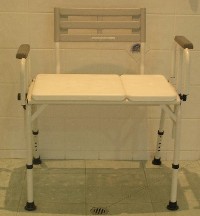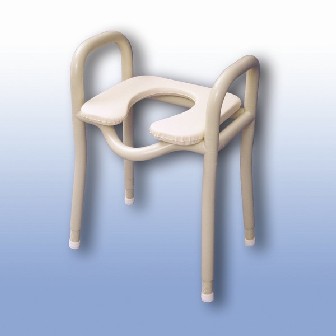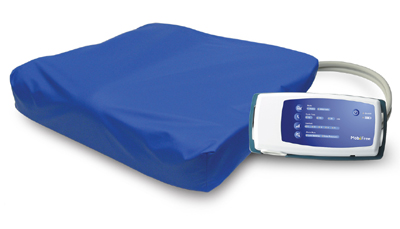Short Description
Steps and stairs are potentially dangerous to negotiate. The addition of a slip resistant tread reduces the possibility of feet slipping off the edge of the stair. Stair treads are divided into two types: capping (edge of step) and nosing (most or all of step); a contrasting in the capping or nosing also assists visibility and safety
More Details
Points to consider when buying slip resistant stair treads:
. Method and ease of installation
. Need for professional installation
. Method and ease of cleaning
. Durability
. Aesthetics
. Visibility (good contrast improves safety for people who are visually
impaired.)
. Range of colours available.
. Resistance to chemicals.
. Whether stair cappings (slip resistant edge) or stair nosings (most or all of step) are more appropriate.
Applications:
. Slip resistant treatment for stairs
. Visual contrasting for edge of stairs
. Covering of chipped or worn stair edges
. Commercial or industrial spillage situations
Suggestions for those who have difficulty negotiating stairs:
. A firm rail on both sides of the stairs.
. A barrier at the top or bottom of the stairs may prevent children or the
very frail people having an accident.
. A number of mechanical and electrical stair lifts are commercially
available.
For further information, check the Yellow Pages of the telephone book. We are pleased to receive feedback about the information we provide... If there is something we should add or need to change, please let us know.
These are general suggestions - if you experience considerable difficulty in solving your problem, consult an occupational therapist at a community health centre or Aged Care Assessment Team, or make an appointment with the ILC.


 subscribers
subscribers 






